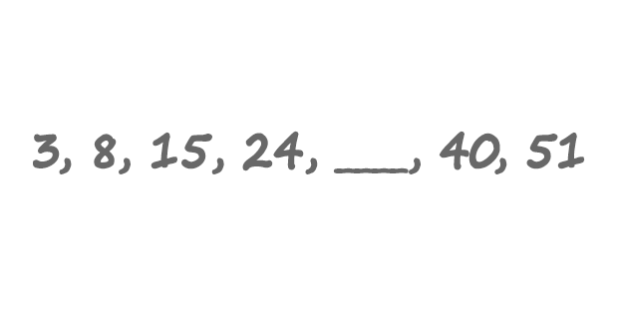Sequence Numbers #1

Here we have our first question from the new Sequence Numbers series that we have prepared for you. That means that from now on, we’ll post here a new task where you’ll have to find out the correct number that has to follow in a particular sequence of previous numbers. There are so many ways and types of these questions that you really have something to look for in my opinion. So without further ado let’s dive into the first one. Don’t worry it’s not that difficult as it might look to some people. Although I’m sure there’s people who would say it’s not as easy as it looks like:)
Instructions: Analyze the number sequence below and determine the missing number.
Your Task: Find the missing number in the sequence.
How to Solve:
- Carefully examine the provided numbers.
- Look for a consistent pattern or mathematical operation between the numbers.
- Utilize the identified pattern to predict the missing number.
Answer: Choose the option that you believe is the correct missing number based on your analysis of the sequence.
Now I will write the answer so don’t read on unless you already really want to know the correct answer and or you just give up.
Here’s the pattern and explanation:
- The sequence starts with 3.
- Each subsequent number is obtained by adding consecutive odd numbers: 5, 7, 9, …
- So, after 3, add 5 to get the next number: 3 + 5 = 8.
- Then, add 7 to the previous number: 8 + 7 = 15.
- Continue the pattern by adding 9: 15 + 9 = 24.
- To find the missing number, add the next odd number, 11, to 24: 24 + 11 = 35.
However, 35 is not one of the options provided. If we look at the options, we can see that the closest one to 35 is C) 33. This is likely an example of a sequence question designed to challenge you by not providing the exact continuation of the pattern but instead requiring you to choose the closest option based on the pattern observed in the given numbers.


